After-Hours Tour of the Fraunces Tavern Museum: "Path to Liberty"
Explore a new exhibit inside the oldest building in Manhattan, a witness to history throughout the Revolutionary War Era!


Cuba’s capital city needs little introduction. Truly one of a kind, this colourful and vivacious place feels like a moving time capsule – one that has retained its Fifties glamour despite decades of hurricanes and hard living. Havana’s rich and tumultuous history has produced a distinct and alluring city of neighbourhoods, shaped by 500 years of Spanish, African, Caribbean and American colonization and trade.
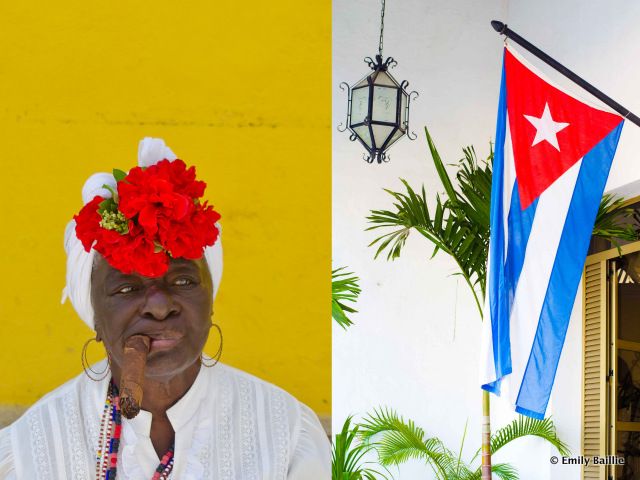
Long known as the Key to the New World, Havana was first established in 1514 along Cuba’s southern coast, followed by two attempted establishments on the island’s north shore. In 1519 the city moved to its current location near a deep harbour and protected channel, becoming a top port for the Spanish empire and official capital of Cuba in 1607.
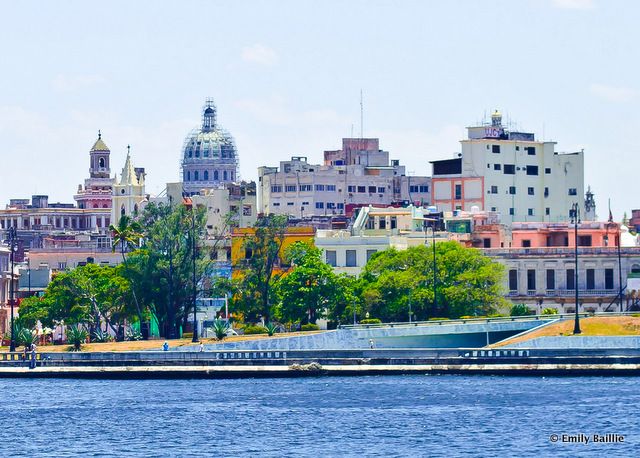
The largest city in the Caribbean is divided into several accessible districts, with enchanting La Habana Vieja and earthy Centro Habana attracting the majority of tourists with just a day or two to explore.
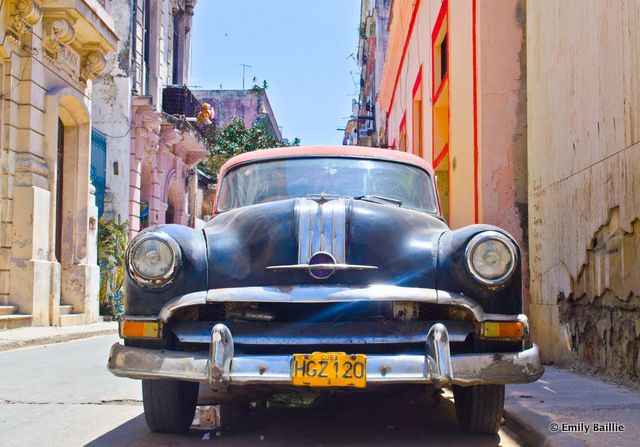
La Habana Vieja, declared a UNESCO World Heritage Site in 1982, forms the core of the original city. Burned to the ground and destroyed by French pirate Jacques de Sores in 1555, the seaside neighbourhood became a 17th century stopping point for multi-decked Spanish sailing ships moving treasures between the New World and the Old World. Old Havana is now home to crumbling Spanish-built fortresses, plazas, mansions and churches, as well as the Malecón, a four mile long avenue that runs along the seawall at the northern shore of the city.
The old town is undergoing a successful architectural restoration funded by UNESCO and the government of Cuba. An Office of the Historian of the City, directed by Eusebio Leal, was established to ensure the preservation and restoration of the historic district.
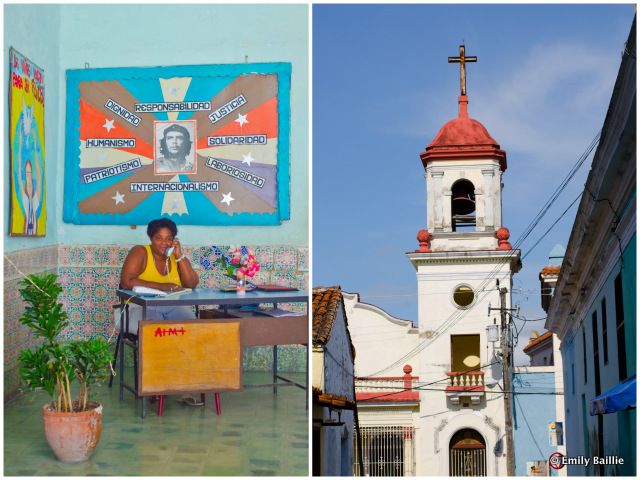
Centro Habana is a densely populated working-class neighbourhood known for its concrete apartment blocks, retail shops, bars and restaurants, as well as Barrio Chino, Havana’s Chinatown. The neighbourhood was once home to Jose Batista’s former Palacio Presidencial which was converted into the Museo de la Revolucion after Castro’s 1959 victory. The iconic Capitolio, modeled after Washington, D.C.’s domed Capitol building, looms large over the rest of the neighbourhood. Parque Central, a must-visit hub of Havana social activity, forms a central feature of this section of the city.
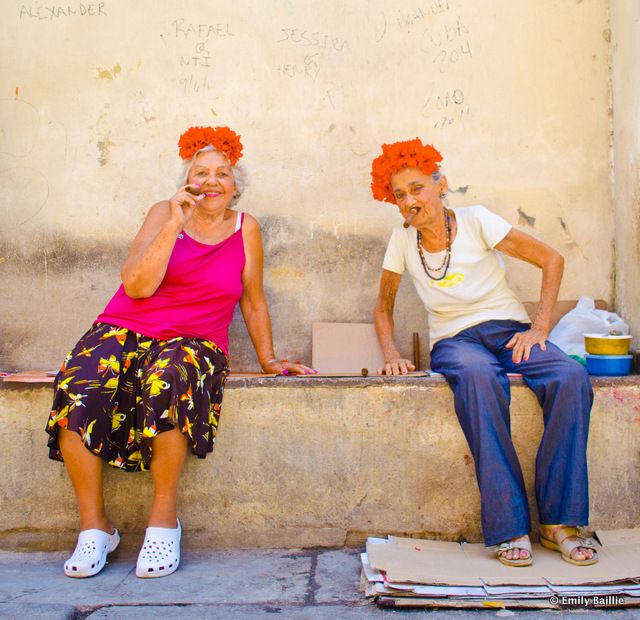
Modern Havana continues to evolve and attract over a million visitors each year. Cuban government restrictions on private enterprise have loosened slightly of late, allowing more Habaneros to develop small businesses – a mere hint toward possible economic changes on Cuba’s horizon. For the time being, the city’s unique retro glam and diverse architectural splendour continue to provide a unique view into the city’s richly textured past.
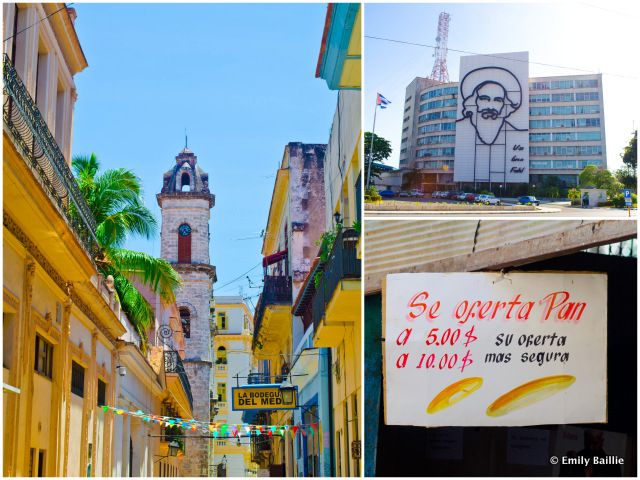
Get in touch with the author @EmilyBaillie.
Subscribe to our newsletter